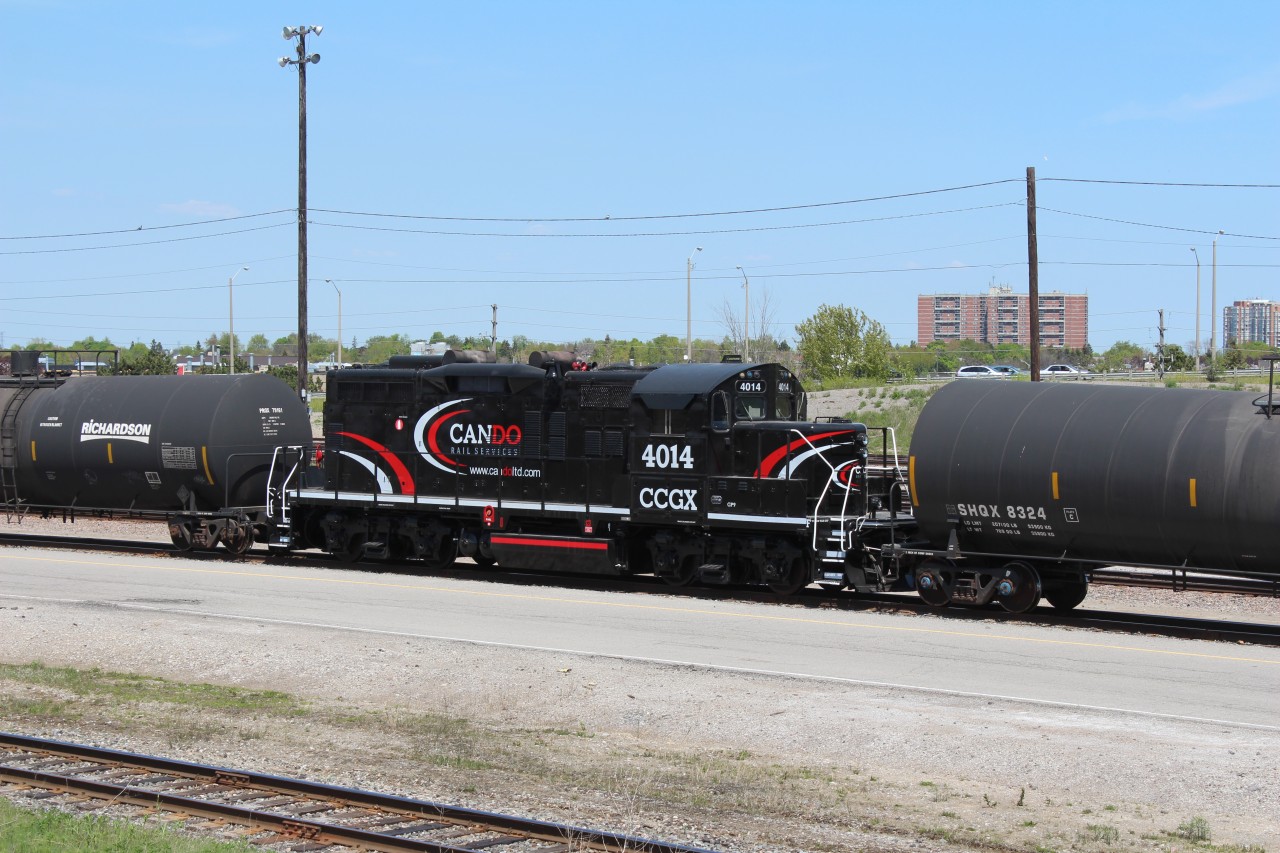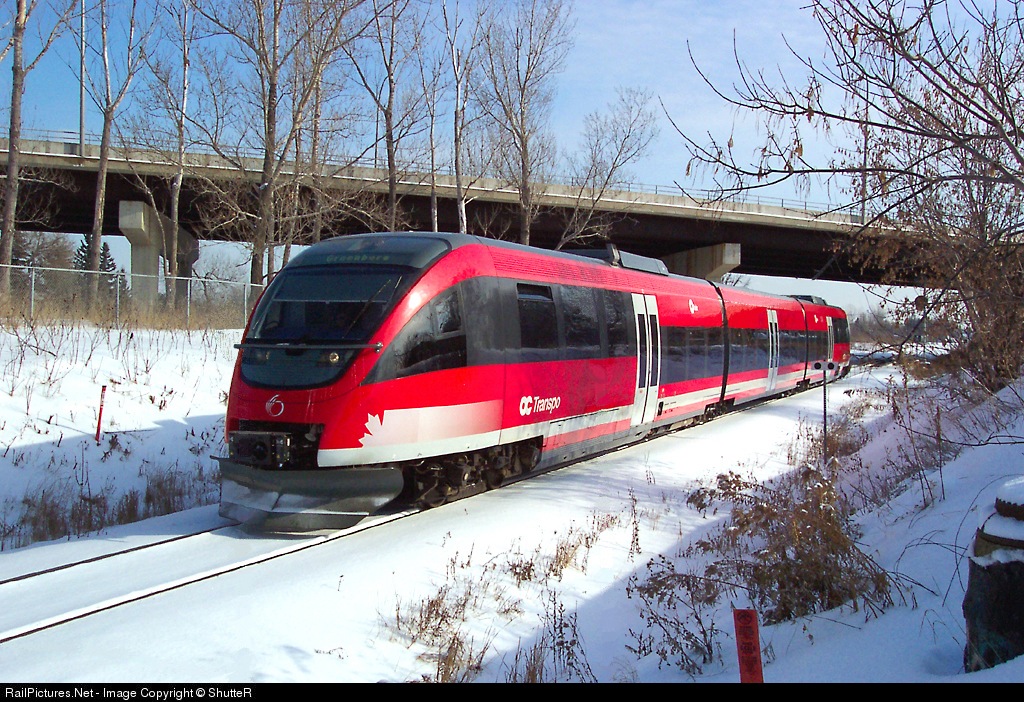steveintoronto
Superstar
Indeed! My bad. The (later) CN line curved sharply north at Fergus, for some reason my earliest memory of searching the maps led me to believe it continued to Orangeville, but that of course was the Fergus sub to Cataract. There was a chord however that connected the two lines where the GWR (later CN) curved north by the Inglis factory and crossed the (later) CP tracks. I've seen a brilliantly detailed photo of that somewhere, probably from researching the early history of the line. RE: The Kissing Bridge Trail. One has to wonder on the logic of lifting what must have been a superlative and *relatively recent* (under a century old) bridge. Whether that was re-used or scrapped is a good question, but a rebirth is at hand: http://observerxtra.com/2015/04/03/...uilding-old-train-bridge-as-part-of-trailway/It never ran to Orangeville,
Rather than have the road traffic completely spoil the trip (and it's very dangerous, and I say that as a distance cyclist used to road traffic, but smart enough to avoid main roads wherever possible) I usually walk along the extant stub end of the track to get there, plus if I have company, I'm not going to expose them to the danger of cycling those roads, but a plan is in the works to bypass that stretch by establishing a path through private fields. Just Googling to find a reference/link to that, and this showed!I'd love for a better extension to Guelph, even if it meant paved shoulders along County Road 39 and bike lanes along all of Silvercreek in Guelph.
Creating A Trail on the Orangeville/Dufferin Rail Line
www.headwaterscommunities.ca/trails/.../RailTrailInfoDocument.doc
Edit to Add: Just reading that document, and lo and behold:
That's what I was campaigning for in Guelph...until contacted by an org who'd been active in finding an alternative to that, due to Cargill's having a hold on the land adjacent to the RoW, and in fact, a hold on the RoW itself, whether that included the track or not is an interesting question, but the City of Guelph owns the GJR, only one of two municipally owned railways in Canada. The present Mayor still sits on the GJR Board from his appointment when he was a councilor. I'd say Cargill could earn some real Brownie points by accommodating the trail, but that's political.TRAILS ALONG ACTIVE RAIL LINES: LESSONS LEARNED
There are many successful examples of trails alongside active rail lines
[...]Guelph is hoping to extend its core area trail to meet the Kissing Bridge trail, and it will be beside an active railway [...]
It's an interesting topic surmise that perhaps can be opened as string in itself at this forum. It will impact many Rail Trails, this happens in Hamilton where the Dundas Valley Trail runs beside the extant stub left of the TH&B and yard . It might very well happen with the Orangeville and Brampton, to allow connecting the Elora-Cataract Trail to the Dufferin one, as is done at the other end, connecting the E-C Trail to the Kissing Bridge partly on the ex-GWR RoW south to Guelph.
If separated suitably, there's great symbiosis to be had by sharing the RoW.
Last edited:






